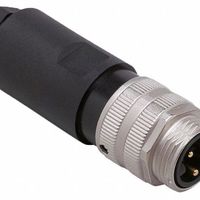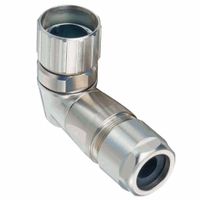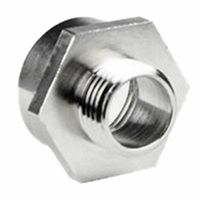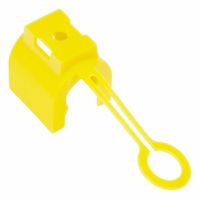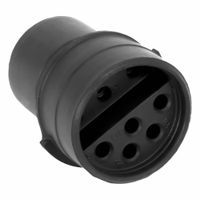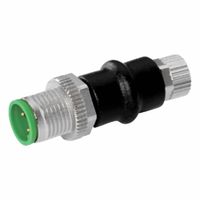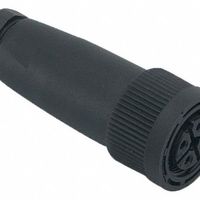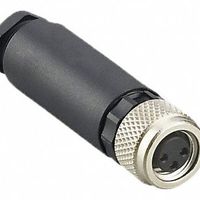Circular connectors are used to connect and transmit electrical signals and power between devices in a wide range of applications. Their design, characterized by a cylindrical shape, offers several advantages, including ease of connection, durability, and resistance to environmental factors. Here are some key uses:
1. **Industrial Applications**: Circular connectors are prevalent in industrial settings for connecting machinery and equipment. They are designed to withstand harsh environments, including exposure to dust, moisture, and vibrations, making them ideal for factory automation, robotics, and process control systems.
2. **Aerospace and Defense**: In aerospace and military applications, circular connectors are used for their reliability and ability to perform under extreme conditions. They are employed in aircraft, satellites, and military vehicles to ensure secure and stable connections for communication, navigation, and control systems.
3. **Automotive Industry**: These connectors are used in vehicles for various applications, including engine control units, lighting systems, and infotainment systems. Their robust design helps in maintaining performance despite exposure to temperature fluctuations and vibrations.
4. **Telecommunications**: Circular connectors are used in telecommunications for connecting cables and equipment. They ensure high-speed data transmission and are often used in fiber optic networks and radio frequency applications.
5. **Medical Equipment**: In the medical field, circular connectors are used in diagnostic and therapeutic equipment. Their reliability and ease of sterilization make them suitable for use in devices like MRI machines, patient monitors, and surgical instruments.
6. **Consumer Electronics**: Circular connectors are also found in consumer electronics, such as audio and video equipment, where they provide secure connections for signal transmission.
Overall, circular connectors are valued for their versatility, ease of use, and ability to maintain reliable connections in various challenging environments.
